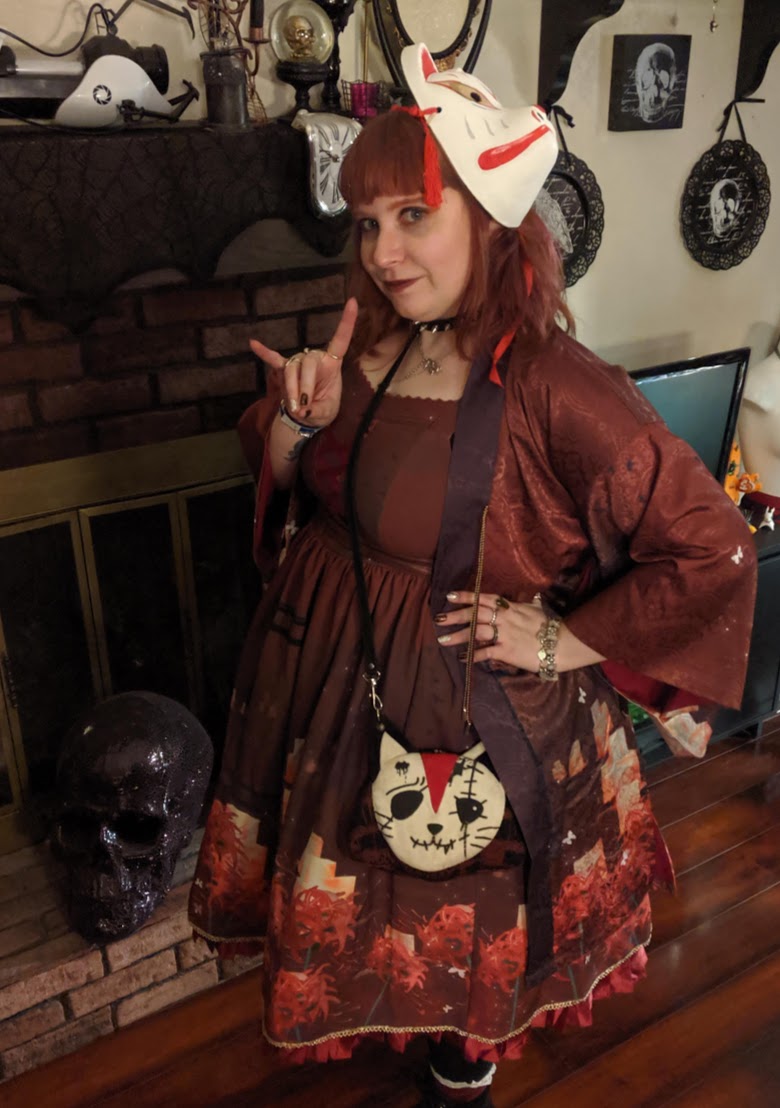
Happy Sugar Life is an incredibly unique viewing experience. At first, it’s easy to write it off as merely a Higurashi copy: yet another cute, slice of life story hiding the contrasting extreme content and violence. While it contains those things, there is much more to it.
While many series of this type exist as deconstructions of other genres, such as Madoka Magica, School Days, and Higurashi, they function by lulling you into a false sense of security and comfort by establishing known tropes and later subverting them. While it is a very effective and satisfying technique that effectively plays with our anticipations, it itself can be overdone after a certain point, betraying the success of its use. Happy Sugar Life goes against the cute and creepy grain by existing as both simultaneously, right from the very beginning. Much like its main subject matter, love, it exists by being both terrifying and adorable throughout, rather than giving us tonal whiplash.

Satou is a beautiful high school girl that most boys want. She dates around, seemingly having fun. When she meets Shio, a young girl, she discovers the meaning of love and how far she’ll go to protect it.
Fans of Netflix’s You, Sion Sono’s Suicide Circle, and Otsuichi’s “Goth” will be fascinated by Happy Sugar Life. However, be forewarned by the content which includes pedophilia, SA, abuse, abandonment, murder, and more. Happiness and love are very much in the eye of the beholder, but Sugar doesn’t hesitate to get into the psyche of each character, no matter how deranged.
The well written dynamics keep the tension wire-taut, leaving us rooting for or against characters scene by scene. One example is a plotline portraying a sibling searching for their family. Throughout the series, they seem like a wonderful character, yet when it becomes time to reunite, they feel like the villain. It’s a scene that would make little sense out of context, but resonates so intensely in the last episode.

With constant twists, peril, and tension on the level of You, it’s easily watchable in one or two sessions. Consisting of only twelve episodes, after one reaches the halfway point, you may as well commit to finishing it right then and there. This anime will refuse to let you think about anything else until you do.
Produced by Square Enix, it is also beautiful to look at. Character’s expressions are perfectly captured, with eyes often turning to liquid or writhing in rage. Trauma and other psychological effects are represented with unique illustrating techniques, contrasting the sweetness of the main character’s appearances.
The voice acting matches wonderfully, with the “kind voiced” aunt, voiced by Kikuko Inoue, getting under one’s skin and settling in. Satou’s actress, Kana Hanazawa, was able to pull off a very demanding role with seeming ease. All of the crew nailed each role with some of the best vocal acting in years.

The score is subtle, with a style that doesn’t get in the way of letting the artwork shine, yet enhances the atmosphere in prominent scenes. It is a mellow orchestra that knows when to step in and when to let the actors take the stage. It works well for the series without trying to upstage any aspect.
Happy Sugar Life debates the meaning of love, which is different for each character. What does love mean for you, and how far are you willing to go to obtain it and keep it safe? Like “Goth”, the answer is not clean cut, nor a happy romance. It is a complicated, tangled, and messy thing. It may require you to get your hands dirty, or remove obstacles. How far would you go? Will you protect your own Happy Sugar Life?
More Anime Reviews
Every generation has a movie or TV show that collectively traumatized it. Whether it was Tommy Lee Wallace’s It adaptation, The Texas Chainsaw Massacre, or Cory in The House, we… While I’m only four episodes in so far, Wonder Egg Priority is my favorite anime of this season, and perhaps the last several years. Has a worthy successor to Madoka… If someone from ten years ago told me that I would one day be able to find Junji Ito merchandise at even some of the biggest chain stores, I might… A Kite (or simply Kite to Western audiences) is a 1998 OVA anime, written and directed by Yasuomi Umetsu. Originally released as two separate episodes on VHS, all subsequent DVD… Fancy a retro anime review about a kawaii magical girl with an absence of clothes but an excess of psychic killing powers!? Of course y’do! Can you guess what show… Here at Yurei, we have brought the search for Saki Sanobashi to our audience’s attention many times. Unfortunately, until now, it hasn’t been productive at all. We have discussed how…[April Fools] Shrek (2001) Anime Review: Abandon Hope All Ye Who Watch the Ogre
Wonder Egg Priority (2021) Anime Insight – You Have to Crack a Few Along The Way
Junji Ito Maniac: Japanese Tales of the Macabre (2023) Review – A Slight Improvement From The Previous Collection
Kite (1998) Anime Review – Film Noir Action
Anime Retrospective: Elfen Lied
[April Fools] Chimamire no Gakuen (1988): We found the Saki Sanobashi Sequel!

Hello, I’m Quinn. Saying I’m deeply into fashion and Japanese culture is an understatement. We’ve renovated entire rooms of our house to dedicate to my collections of lolita and other Japanese fashions. I enjoy balancing the cute with the macabre, and the more disturbing it is, the more I’ll enjoy it. Thus, my love for Asian horror and manga was born. Thank you for taking the time to read my writings. I look forward to discussing films and aesthethics with you!
![[April Fools] Shrek (2001) Anime Review: Abandon Hope All Ye Who Watch the Ogre](https://www.grimoireofhorror.com/wp-content/uploads/2022/03/BeFunky-collage-365x180.jpg)




![[April Fools] Chimamire no Gakuen (1988): We found the Saki Sanobashi Sequel!](https://www.grimoireofhorror.com/wp-content/uploads/2024/03/sasA-365x180.jpg)